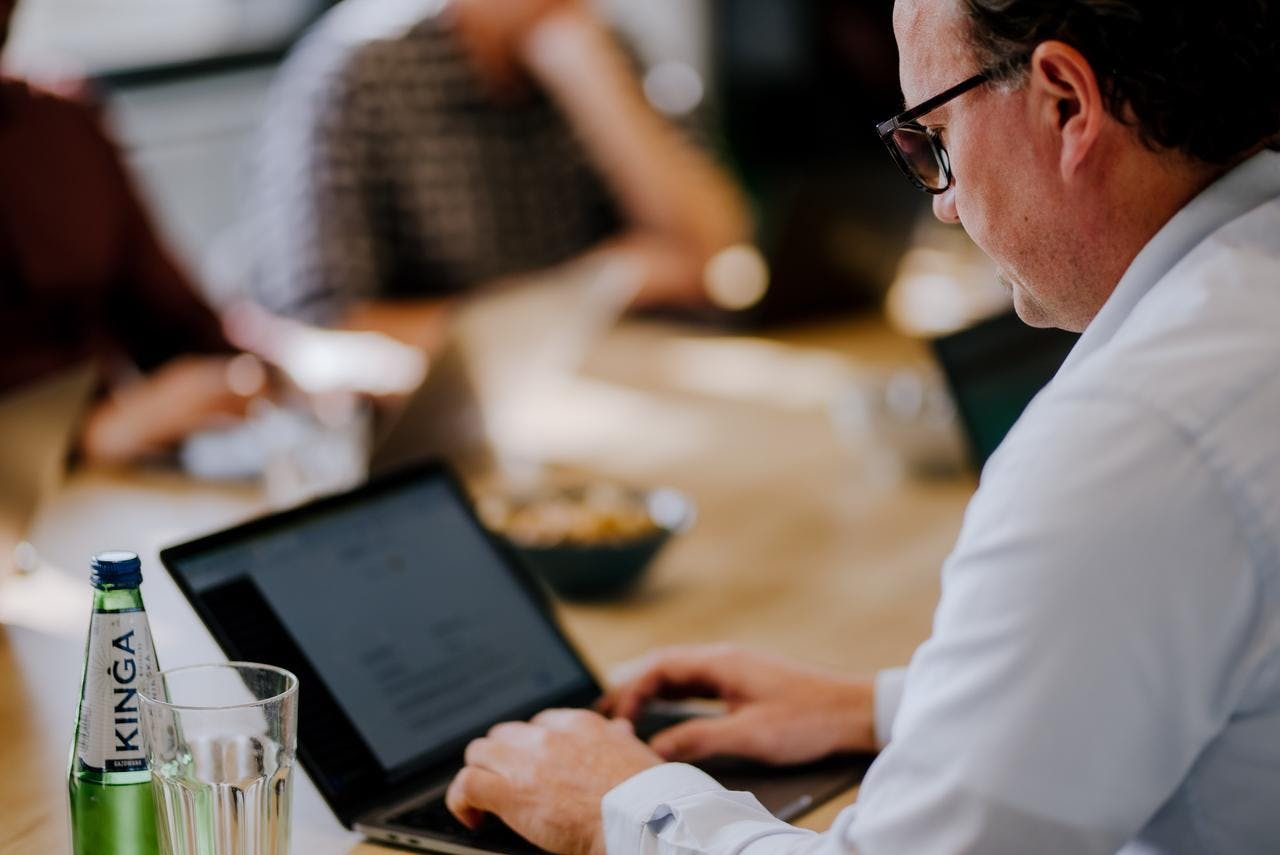Article
How on earth do cyber attacks cost almost €7 trillion a year?
29/11/2022
min read
Security
Article
How on earth do cyber attacks cost almost €7 trillion a year?

Today is international computer security day, which is recognised to raise awareness about the threats of cyber criminality that we face in today’s digital society. We recently contributed to the European Cyber Security Month which was held in October. However, we will continuously work with raising awareness surrounding this massive threat – cyber criminals aren’t taking any breaks.
The cost of cyber crime
The economy behind cyber crime keeps growing, and even took a leap during the pandemic. It’s showing no signs of slowing down. The global cost of cyber crime is estimated to be around €6,7 trillion per year, but the numbers vary. One thing is for sure; millions of people fall victim to cyber crime every year. It’s been estimated that individuals lose almost €290 billion to cyber attacks, which is approximately €3800 on average per victim.
Businesses, on the other hand, suffered a rise of 50% more attempted cyber attacks per week in 2021, in which malware and phishing are the most common types of attacks. In addition, the attacks are not only multiplying – they’re getting more and more sophisticated and harder to spot at a first glance. Regardless of the type of attack, organisations are risking suffering operational disruption, financial losses and other severe consequences.
How should organisations and individuals respond to cyber threats?
These statistics can seem disheartening. However, keep in mind that the cyber security community is showing resilience through stepping up defence actions, increasing budgets and introducing new and enhanced initiatives in response to the growing threat. We also see an enhanced focus on security awareness building and educating both the general public and employees.
Organisations are working closer together against the rising cyber crime we’re all facing now and in coming times. An example of this is the increasing transparency shown after being subject to an attack, such as with the ransomware attack of Nordic Choice Hotels, to educate other companies on how it happened and how the organisation in question handled it. The aim is for other companies to better understand how they can protect and prepare themselves for similar attack attempts.
We’re constantly working to be a safe software provider and to keep our colleagues secure – both by protecting our infrastructure, our products and giving our employees the tools and knowledge to identify the threats themselves.
We urge you to celebrate this day by taking a few moments to make sure that you’re as secure as possible; update your devices, be cautious of what you click on, use two-factor authentication and always make sure you have long and strong passwords for all accounts. We strongly recommend getting a password manager in order to keep track of all of them and to stay safe.

Voice of Visma
We're sitting down with leaders and colleagues from around Visma to share their stories, industry knowledge, and valuable career lessons. With the Voice of Visma podcast, we’re bringing our people and culture closer to you. Welcome!























































































































































































































